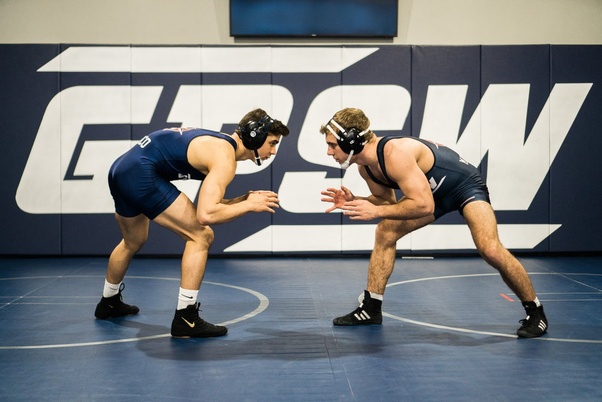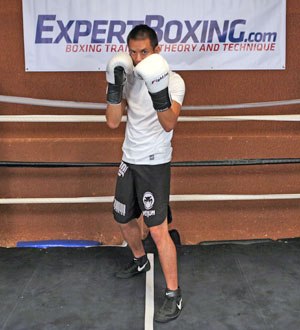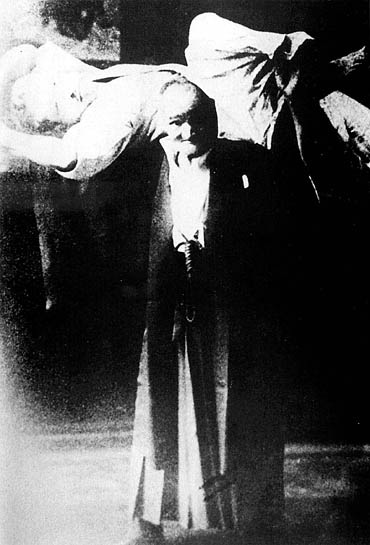I agree. If you set up someone and bait them right into your counter... you are not reacting, you are really initiating the action.
So.... taking that into consideration when we define who is the initiator, the pro-active fighter will be successful even more of the time. Yet so many TMA (especially those that don't have some form of legit pressure testing) espouse a reactive strategy.
Do they, or is that just the way they've been interpreted? What could be understood as a reactive counter could easily become a proactive setup, and it's simply taught in the beginning as a reaction. Any reactive action can become a setup / proactive counter, I would think.
I'm just thinking back to one of my FMA teachers, and what he related to me both of his own experience, and his teachers. He'd sometimes say things like "X person would sometimes do this to get a reaction, and then counter this way."
But there's also the "skill of recognizing and taking openings as they occur". Again, that same teacher made me hugely aware of this. His ability to find even the slightest opening and be there before I could react was uncanny, and made a huge impression on me. You often see people failing to take openings that are offered to them, simply because they don't recognize them, and choosing to fight instead a much more difficult battle.
Basically, I am saying that the error is mostly in our understanding and practice of arts. Most material is valid given the right circumstance. But when all you have is a hammer and everything looks like a nail, you're going to come across a screw one day and complain how hammers suck. And you likely even had a screwdriver in your pocket that someone convinced you was only for prying open paint cans, because the original handy-man kata took for granted that you knew to use one to unscrew screws, and so opted instead to show you the more novel paint can application. My examples are getting ridiculous, but hopefully the point is conveyed!
The best martial artists don't just try to apply techniques. The ability to flow and immediately find openings, to always be offensive in defense, and to be proactive are, across the board, what make any martial art work. Being proactive need not necessarily mean setting up and baiting -- that's one way, but not the only way. It can also simply be being offensive and giving the opponent something to deal with/react to, such that you are controlling the fight.
Aikido, for being such a soft art and focusing on borrowing/blending with the opponent, lacks sensitivity training that teaches you how to actually do that against an opponent who is active and resisting. From my point of view, the art itself is valid and valuable, it just doesn't teach one how to adapt when things don't go according to plan, and/or the opponent resists in a way that training partners don't normally do. There are many kind of energies that one has to learn to blend with: committed, uncommitted, soft, tense, etc., and Aikido as typically practice only deals with "soft and committed" energy.
Granted, I do not think Aikido is meant in any way to deal with uncommitted attacks, as these are more of a sportive environment thing. But tense or resisting force is something very important to work into training, especially for any art which intends to blend with the opponent's energy: you must have sensitivity training and the ability to adapt on the fly to do that.





